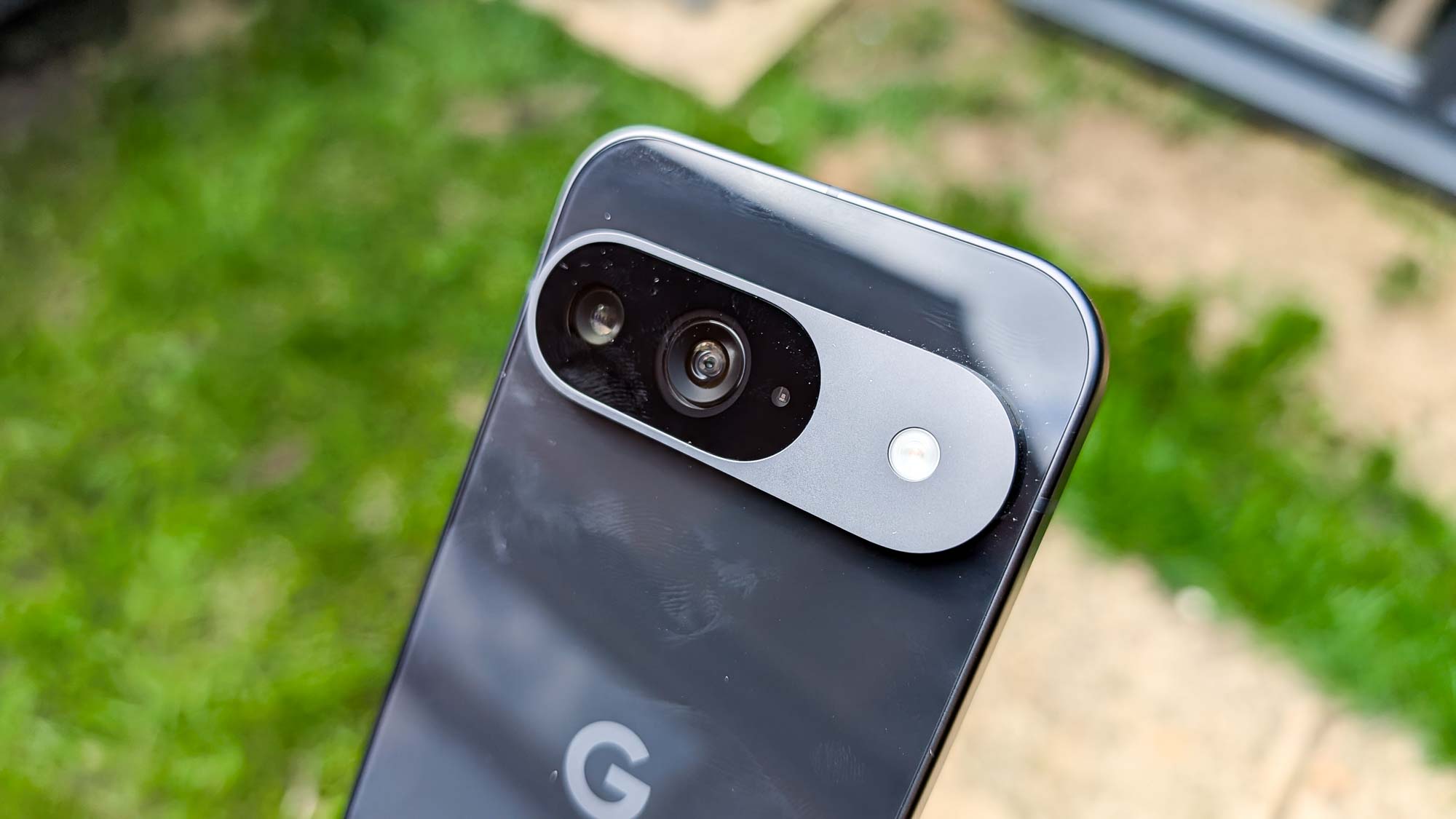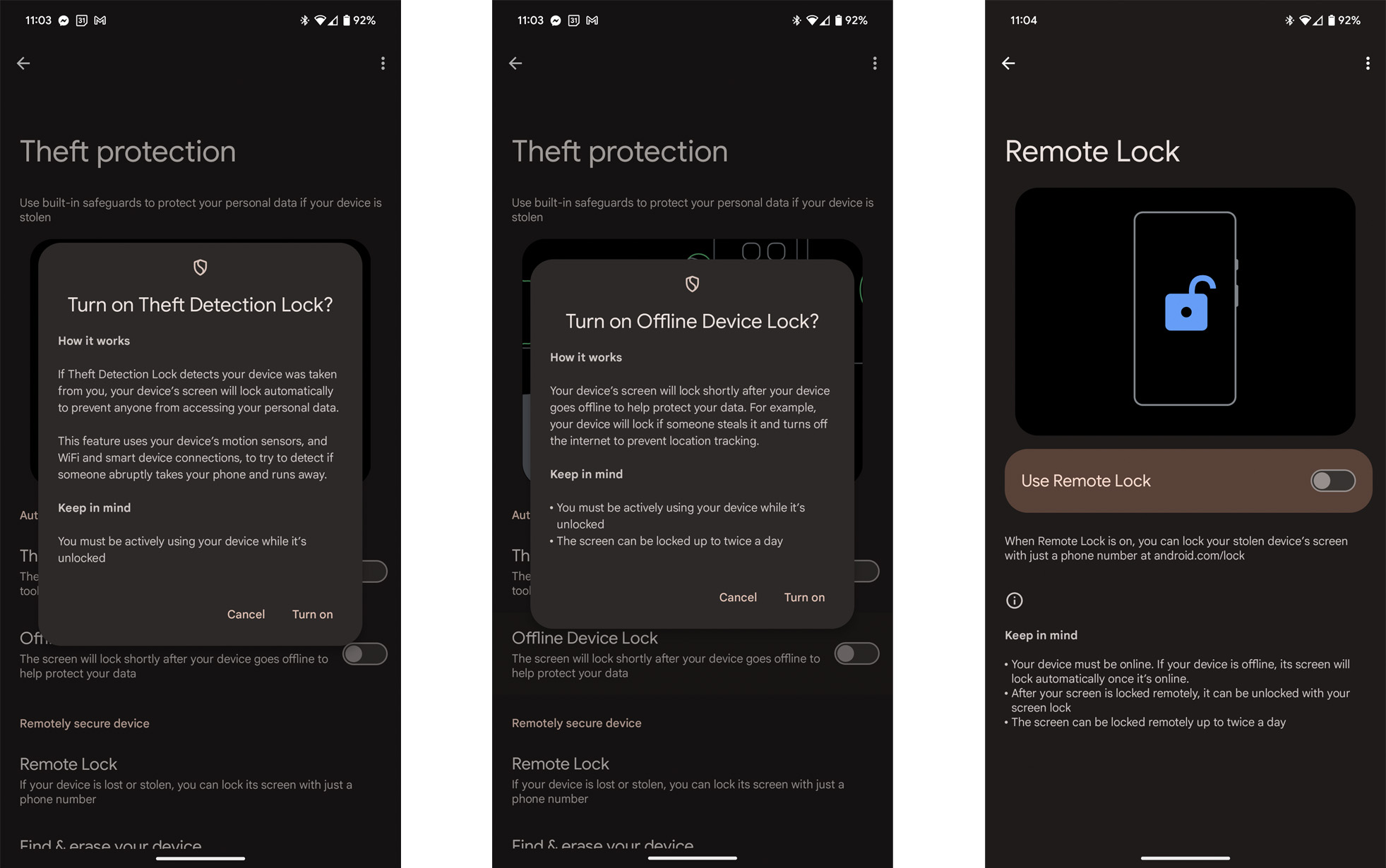
New anti-theft measures for Android are rolling out to users so make sure your device is updated if you want Google's latest security features.
These features were announced back at May's Google I/O event, but are now on their way to phones via a Google Mobile Services update. They'll work on any Android device running Android 10 or later, not just Google's incoming Android 15 update. Good news for anyone still running old, but perfectly functional, hardware.
There are three parts to Google's new anti-theft plan, and the first is the plainly-named Theft Detection. If the phone believes it's been swiped from your hand by someone and they're speeding off on foot or a bike or in a vehicle (based on motion data fed through an algorithm), it'll lock the screen and ask for your password or fingerprint again.

If a thief already has access to your phone, you can still rely on Offline Device Lock to try and stop things from getting worse. This feature locks the phone if someone disables its internet connections, a common way for thieves to avoid you tracking your phone in the hope of reclaiming it.
Remote Lock is another tool to stop thieves from accessing your data if they have your phone. By going to the Android website and inputting your phone number and an answer to a security question, you can lock your phone (assuming it's still online) until you can use your PIN or biometrics to unlock it again. Google will let you use this up to twice a day.
9to5Google reports that Google Pixel and Samsung Galaxy phones (but not tablets) have had the update so far. I haven't seen the update yet on my Google Pixel 9 Pro XL in the U.K. though.
If Google's new anti-theft tools are available on your phone, you'll find them by opening the Settings app, then going to the Google menu, tapping the All services header on the next screen, and then under Personal & device safety. Hopefully my Pixel and everyone else's will receive the update quickly so we can all gain some extra assurance that we may get our phone back if it's stolen, and without the thief accessing critical data.




!["[T]he First and Fifth Amendments Require ICE to Provide Information About the Whereabouts of a Detained Person"](https://images.inkl.com/s3/publisher/cover/212/reason-cover.png?w=600)


